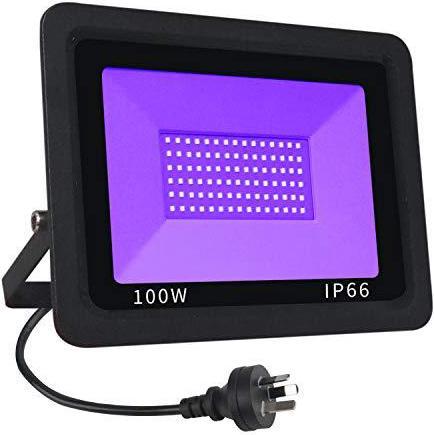

UV photography and the mysterious Huawei P50 Pocket
Huawei has installed a camera into the P50 Pocket smartphone that can apparently generate UV images. But UV photography doesn't require a special camera at all.
The announcement about the new Huawei P50 Pocket contains a big surprise: One of the three front cameras is an «Ultra Spectrum Camera». What’s that exactly? Huawei doesn’t answer this question. However, the sample photos shown suggest that it must have something to do with ultraviolet photography.



These photos look a lot like ultraviolet images. Here’s an example:

How does UV photography work?
I’ve converted a camera to an infrared camera, so I know the principle of infrared photography. Here’s a brief summary: The filter that blocks infrared in regular cameras is removed and another filter is installed. One that blocks the visible light.
I assumed that UV photography would work the same way. But it doesn’t. With this type of photography, no ultraviolet light penetrates the camera sensor. Ordinary, visible light is photographed. Therefore, no special camera is required.
So why is it called UV photography? Is uses a «light» source that glows in ultraviolet. However, ultraviolet can’t be seen. A luminant that emits only UV remains black.
However, this UV source produces visible light reflections. Fluorescent surfaces convert UV rays into wavelengths that are part of the visible spectrum. To achieve a spectacular effect, such materials are used in makeup, clothing, etc. for a shoot.

What does this mean for the Huawei P50 Pocket?
So for the usual kind of UV photography, you don't need a special camera, but you do need a special light source, a special environment and also special materials. In addition, protective measures may be necessary, as UV radiation can be harmful to the skin and eyes.
Consequently, the Huawei Pocket P50 has to offer a completely different kind of UV photography. Maybe the lens is made of a special material that transmits ultraviolet and blocks visible light. In this case, the camera would work on the same principle as an infrared camera. Or a special sensor reacts only to the transmitted ultraviolet. The filtering might also happen at the software level. Or the lens could even feature a fluorescent layer that converts UV light into visible light?
I’m very curious to see how it works. And of course, whether it creates great UV photos in a simple way. That would be amazing. It would mean Huawei has invented a UV camera that’s suitable for the mass and has introduced it in a phone that is only launched in China. Sure, the innovation would reach us sooner or later. Let's hope this is more than just a marketing stunt.
Either way: UV photography is an exciting topic. I’m certainly saying alert.
My interest in IT and writing landed me in tech journalism early on (2000). I want to know how we can use technology without being used. Outside of the office, I’m a keen musician who makes up for lacking talent with excessive enthusiasm.




